The history of the WWII is reflected in the role of the Dutch as the “Fourth Ally” in the South Pacific and the formation of the Dutch East Indies Government in exile in Australia, soon after the surrender of the Dutch colony to the Japanese. This brought an influx of perhaps as much 20,000 people from Dutch East Indies.
This episode was followed by the turbulent developments in relation to the independence of Indonesia where Australia and the Netherlands often found themselves on opposite sides. This situation reoccurred when Indonesia annexed Dutch Papua New Guinea in the early 1960s.

Dutch Circular Economy inspires the Bega Valley
Bega aims to become Australia’s most circular economy by 2030, inspired by pioneering Dutch practices. The concept of circularity, which involves keeping materials in use at their highest value, designing out waste, and regenerating natural systems, has taken root in Bega, following the Dutch model. Circularity is described as a
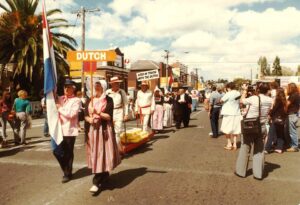
The Dutch in Geelong
Dutch Clubs In 2024, the Dutch population in Geelong comprises of 1400 people. In the early 1950’s they established the Geelong Dutch Club, which has since grown to 10 active Dutch clubs servicing the Geelong Region, they are: • Swallows Karnival Club• The Rocket Club• Micare/ Dutchcare• 50 plus Club•
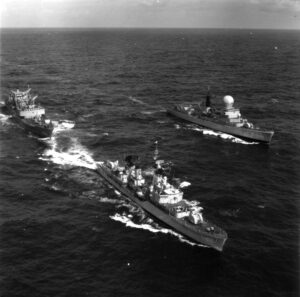
Three Dutch Naval Visits to Australia in the 1970s
Following the extensive naval presence during WWII, the more peaceful years of the 1960s, saw a new approach emerged where Naval Visits were amalgamated with a national ‘Holland Promotion’. This represented a distinct new form of ‘Flying the Flag’, showcasing the national flag by sending one or more warships abroad.
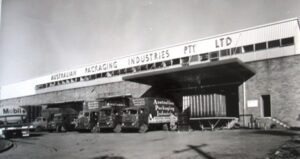
Dutch company Van Leer produced packaging materials in Australia’s capital cities
By: Pierre van der Eng Van Leer was a Dutch company producing metal and later also plastic drums and pails for packaging and storage. Founded by Bernard van Leer, it started operations in Amsterdam in 1919 as Van Leer’s Vereenigde Fabrieken NV. Before World War II, it internationalised operations by
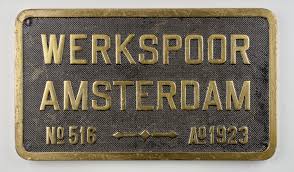
Werkspoor Australia
In 1952, Werkspoor Engineering Works, a Dutch construction company, was commissioned to construct the Shell refinery plant in Geelong, Australia. On 18 March 1954, the Geelong refinery became the first of Australia’s post-war refineries to come on stream. Its commissioning sent ripples of excitement throughout the Geelong community and was
Philips – historic ephemera
Philips factory in Newcastle produced almost all Australia’s electric lamps for 70 years Frans Leddy reorganised Philips Australasia Turning Adversity into Opportunity: Philips in Australia, 1945-1980 European Integration and Australian Manufacturing Industry History of the manufacturer Philips Australia
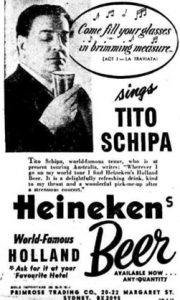
Heineken beer has been on tap in Australia since 1884
Pierre van der Eng It may appear that Dutch multinational beer brewer Heineken has long tried to carry the proverbial coal to Newcastle, because its beer has been on sale in Australia since 1884. In October that year, an advertisement of trading company Boult Bros in Adelaide announced the sale

Philips factory in Newcastle produced almost all Australia’s electric lamps for 70 years
Pierre van der Eng Dutch firm NV Philips Gloeilampenfabrieken exported its incandescent lamps to agents in Australia since 1912. Its lamp sales increased quickly during World War I, when Australian imports form the UK dwindled. In 1926 Philips established its own subsidiary company in Sydney: Philips Lamps (Australasia) Ltd. It
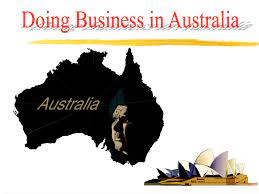
More than 150 Dutch companies established subsidiary operations in Australia
By: Pierre van der Eng Several Dutch companies have operations in Australia today. The members of the Netherlands Chamber of Commerce in Melbourne and Dutchlink in Sydney include Dutch mastheads like Rabobank, Randstad, ING, Heineken and Vopak. Australia has long been relatively open to inward investment by foreign companies. In
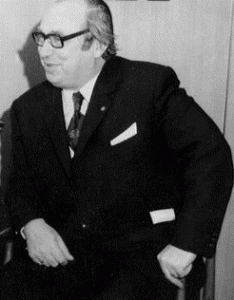
Herman Diederik Huyer Managing Director Philips Australia
Dutch businessman Herman Diederik Huyer, who settled in Australia in 1969. Huyer was born in the Netherlands in 1920, and after World War II worked for the Dutch multinational company, the Philips Group. He held posts around the world during his career. Frank Leddy reorganised Philips Australasia More than 150
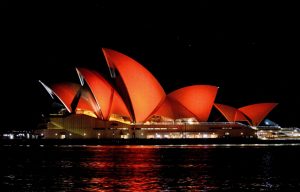
Dutch involvement in the Sydney Opera House
The Sydney Opera House, opened on 20 October 1973, and stands tall as an iconic symbol of Australian culture. Queen Elizabeth II officially opened it, emphasising the power of human creativity. The Sydney Symphony Orchestra performed at the official opening, under the direction of Dutchman Willem van Otterloo. The orchestra’s
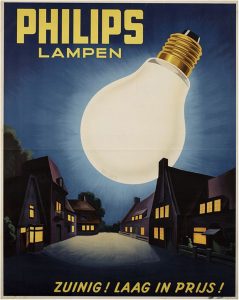
Frank Leddy reorganised Philips Australasia
By Hans Overberg Franciscus Nicolaas Leddy (1903-1964), company director, was born on 20 April 1903 at Rotterdam, the Netherlands, son of Franciscus Nicolaas Leddy, director of prisons, and his wife Cornelia, née Delabrie. Educated at Leiden high school and the Nederlandse Economische Hogeschool, Rotterdam, young Leddy began his professional career

Unilever and the Australian link to the rise of margarine.
In 1869, a French chemist named Hippolyte Mège-Mouriès invented a spread made from beef tallow and skimmed milk that he called “margarine.” Margarine was initially viewed with suspicion and was slow to catch on in Europe, but by the late 19th century, it had become popular as a cheaper alternative
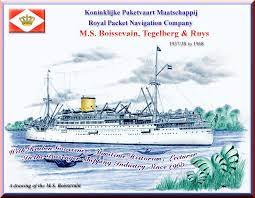
Koninklijke Pakketvaart-Maatschappij- Australian operation launched in 1912
De Koninklijke Pakketvaart-Maatschappij (KPM – Royal Packet Navigation Company – was established in 1888 in Amsterdam, the Netherlands. The company was created by merging several smaller Dutch shipping companies that were operating in the Dutch East Indies (now Indonesia). KPM’s main purpose was to provide a regular shipping service between
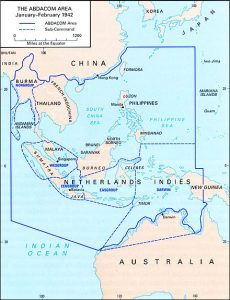
The American-British-Dutch-Australian Command – 1942
The American-British-Dutch-Australian (ABDA) Command, or ABDACOM, was a short-lived, supreme command for all Allied forces in Southeast Asia, the area also included the supply port of Darwin, in the Northern Territory, Australia. ABDA had been established at Bandung, Java on 10 January 1942 and became operational following the declaration of war
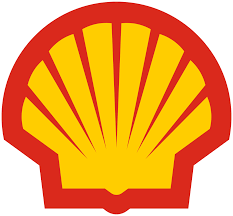
The history of Shell in Australia – since 1901
Shell Australia is the Australian subsidiary of Royal Dutch Shell. Shell has operated in Australia since 1901, initially delivering bulk fuel into Australia, then establishing storage and distribution terminals, oil refineries, and a network of service stations. It extended its Australian activities to oil exploration, petrochemicals and coal mining, and
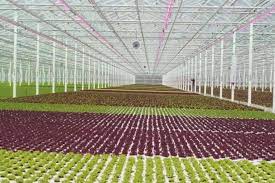
Long agriculture history between Australia and the Netherlands
Being the 2nd largest export of agriculture products, The Netherlands has a very long relationship with Australia in relation to agriculture. Already in the 1970 the Netherlands participated in agriculture events in Orange NSW. Further down below is an article from the Washington Post providing an overall state of the
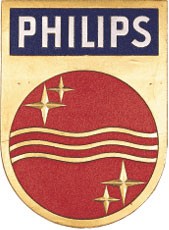
Philips Electronics Pty Ltd was the largest company from The Netherlands in Australia
Temporary display at Juliana Village, Miranda, Sydney – April 2024 Philips Electronics Pty Ltd Pierre van der Eng The predecessor of Philips Electronics Pty Ltd in Sydney was one of the largest Dutch companies that operated in Australia. In 1970 when it had 13,000 employees in various locations in Australia.

Consul General Bosschart promotes trade with Queensland – 1908
Source (Trove): The Week Brisbane 16 October 1908 Java and Australia. Fostering Relations. Netherlands Consul-General. As stated in our first edition, Mr. W. L. Bosschart, Netherlands Consul-General for Australia and Polynesia, whose legation is situated at Melbourne, is returning from a visit to the Dutch East Indies by the steamer
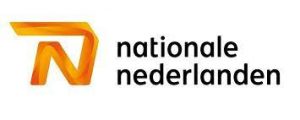
Australia Netherlands Holdings Ltd (Nationale Nederlanden) had een goede start – 1968
CANBERRA, ACT — Australia Netherlands Holdings Ltd. heeft bekend gemaakt, dat de naamloze vennootschap van 13 December 1967 — de dag van oprichting — tot 30 Juni 1968 een netto winst van $207,131 heeft gemaakt. Er werden 4 maal aan delen ter waarde van $ 1,00 uitgegeven tot een totaal

Steam Shipping Lines Australia – Netherlands – starting in 1864
The first attempts to establish steam shipping lines from Java to Australia date from 1864. Negotiations were initiated by the Chamber of Commerce in Batavia. There was a trial voyage but Parliament voted against the operation as it didn’t see any trading value in such an operation. In 1866 Ambrosius
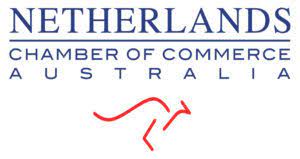
Netherlands Chamber of Commerce Australia
The NCCA is the go-to organisation that connects the Australian and Dutch business communities. Its mission is to be an inclusive networking body that connects and provides measurable value for its members. Through our monthly events our members have the opportunity to meet like-minded people, expand their knowledge, and create business